Expectations •••
Responsiveness ••••
Nurturing ••••
Freedom •••
The first form of communication with children is listening to them. It starts with crying for food, a diaper or sleep. Listening to your children’s needs and trying to understand their cries for help, should never stop. Once the child learns to speak, parents tend to forget that children are still mostly incapable of communicating properly, especially about ethereal and non-physical matters, such as feelings.
Children may display their emotions well, but that does not mean they understand them or that they have the tools to communicate emotions without having to act them out. Even in discovering new emotions, children may feel alone and overwhelmed.
While practicing active listening, parents need to guide children in the identification of emotions. This will help children get comfortable with the feelings, while learning to verbalize them.
Active listening means listening literally and reading between the lines. It entails looking at verbal and visual communication patterns and trends. It means letting children talk before speaking and letting them lead the conversation, to truly understand where it is that they are trying to take you.
GOOD PUPPY Children Emotional Tools are the perfect conversation jump starters. The GOOD PUPPY Emotions Dice get children talking on a roll. Keep the GOOD PUPPY Emotions Color Wall Chart visible as a reference and communication tool.
From
EVERYTHING HAPPENS FOR A REASON
The Little GOOD PUPPY Guide Book for Growing Good Kids
By Gabriel Tito, RMFT & Marina Tito
Learn more about the
GOOD PUPPY Children Behavioral & Emotional System



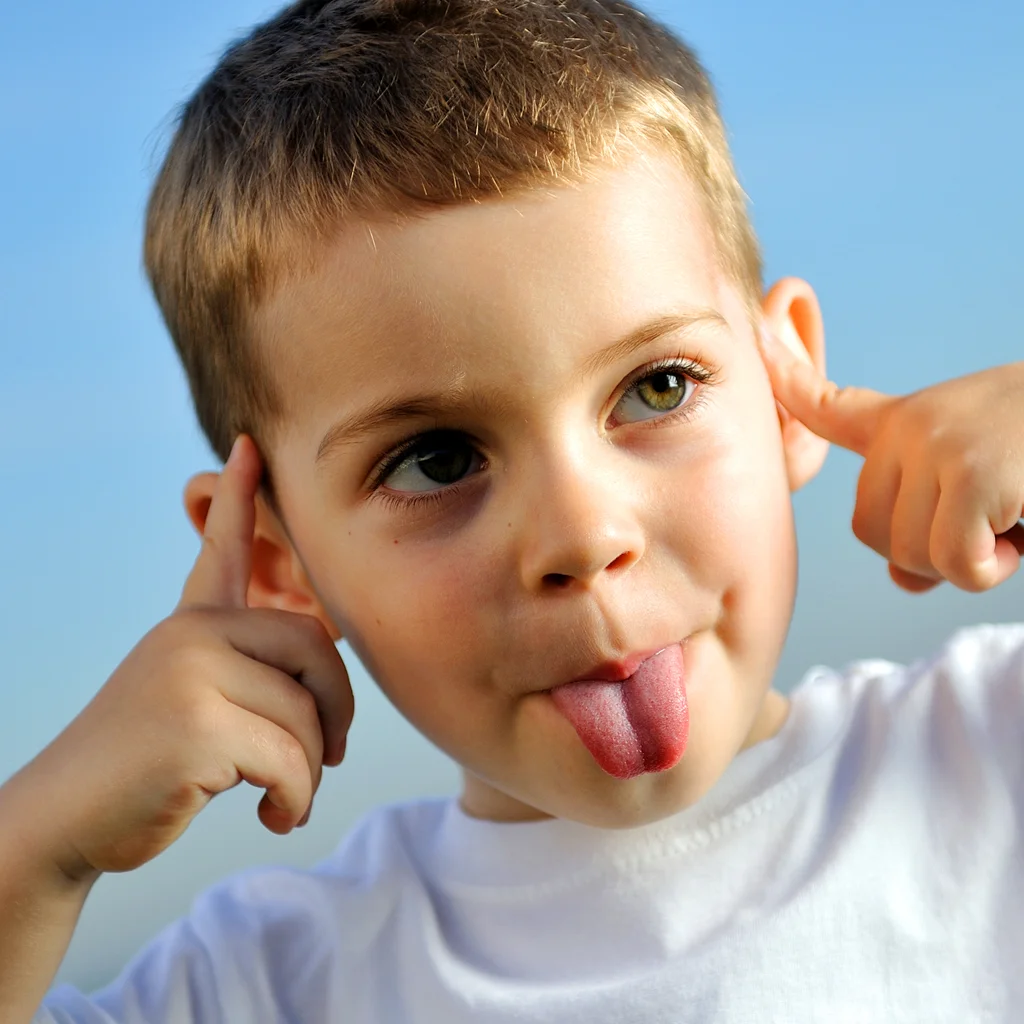


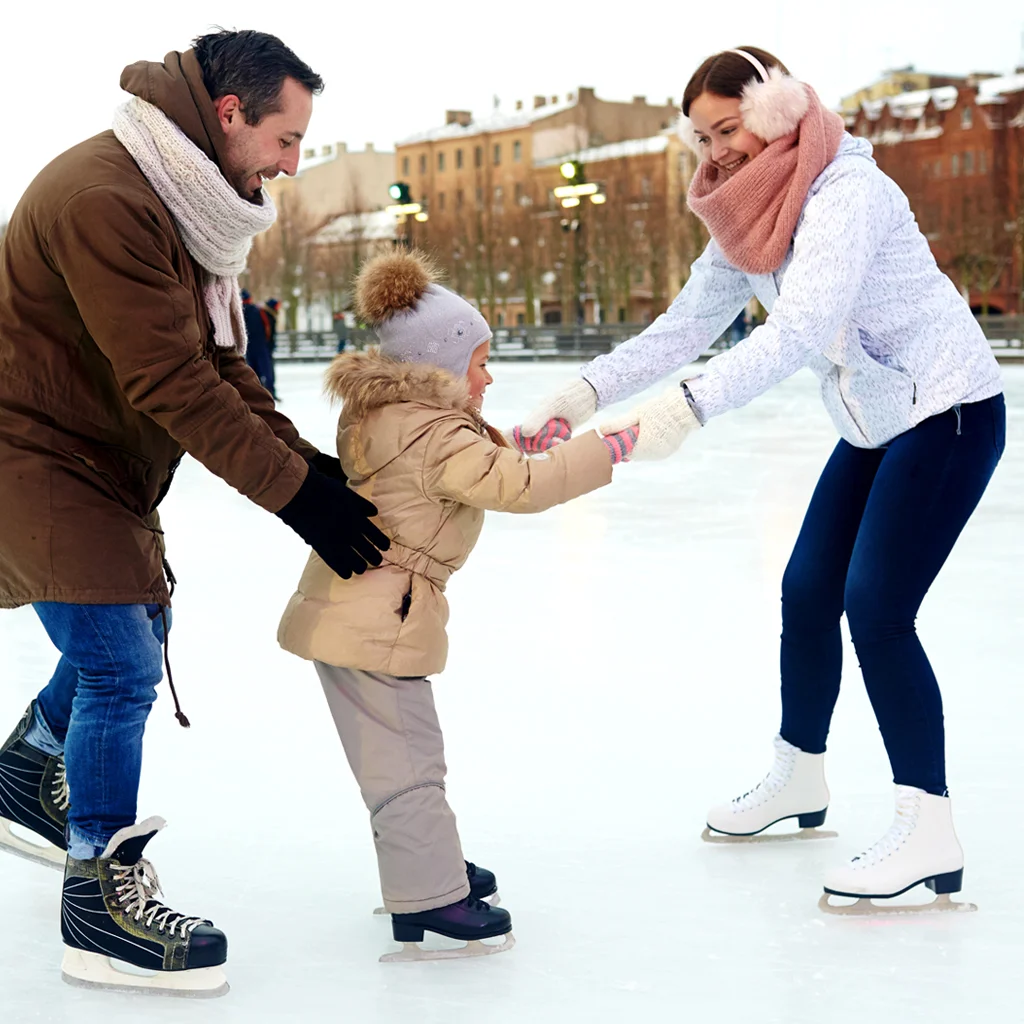




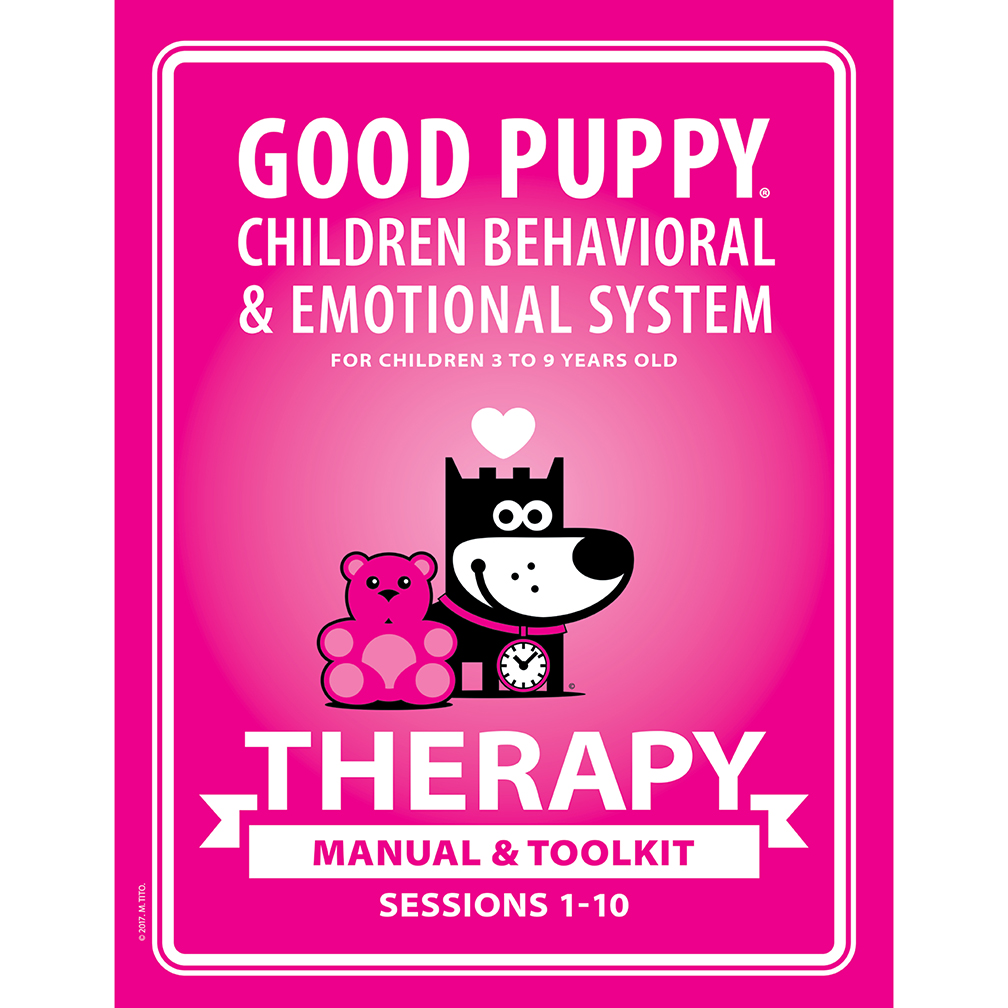
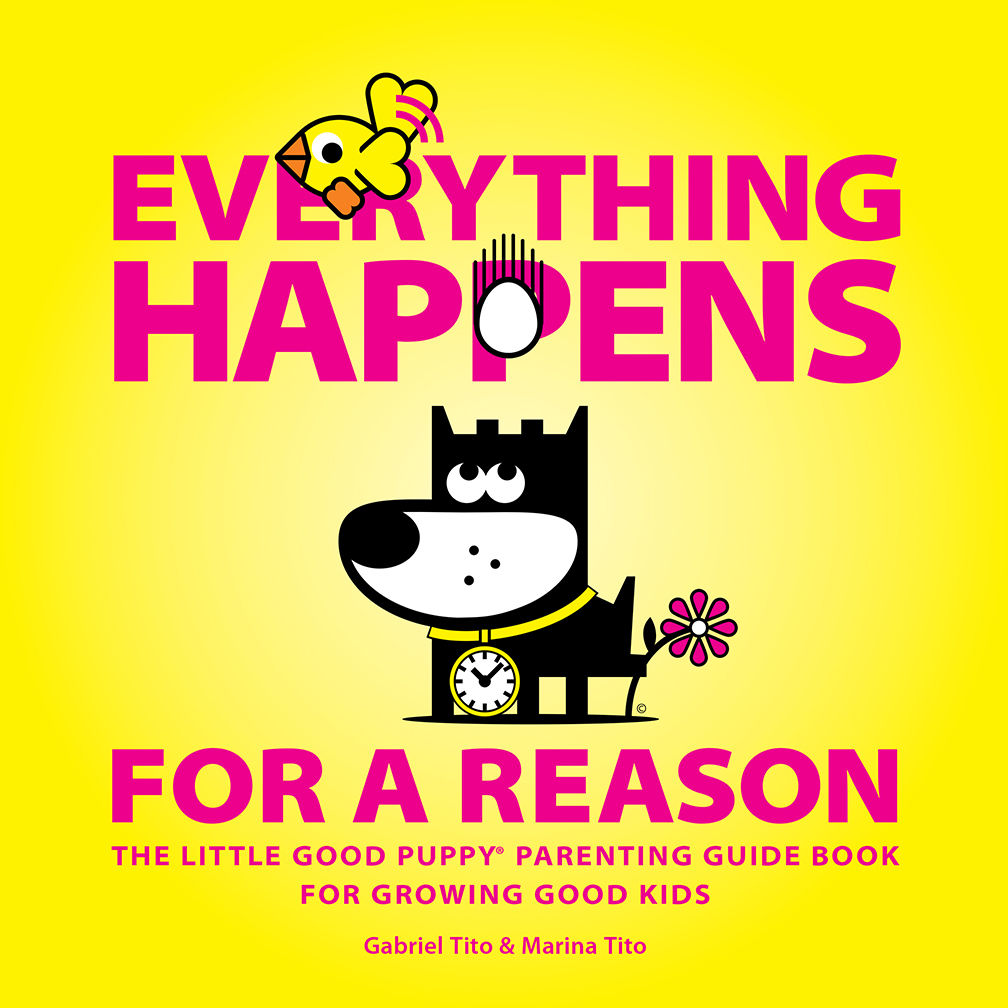
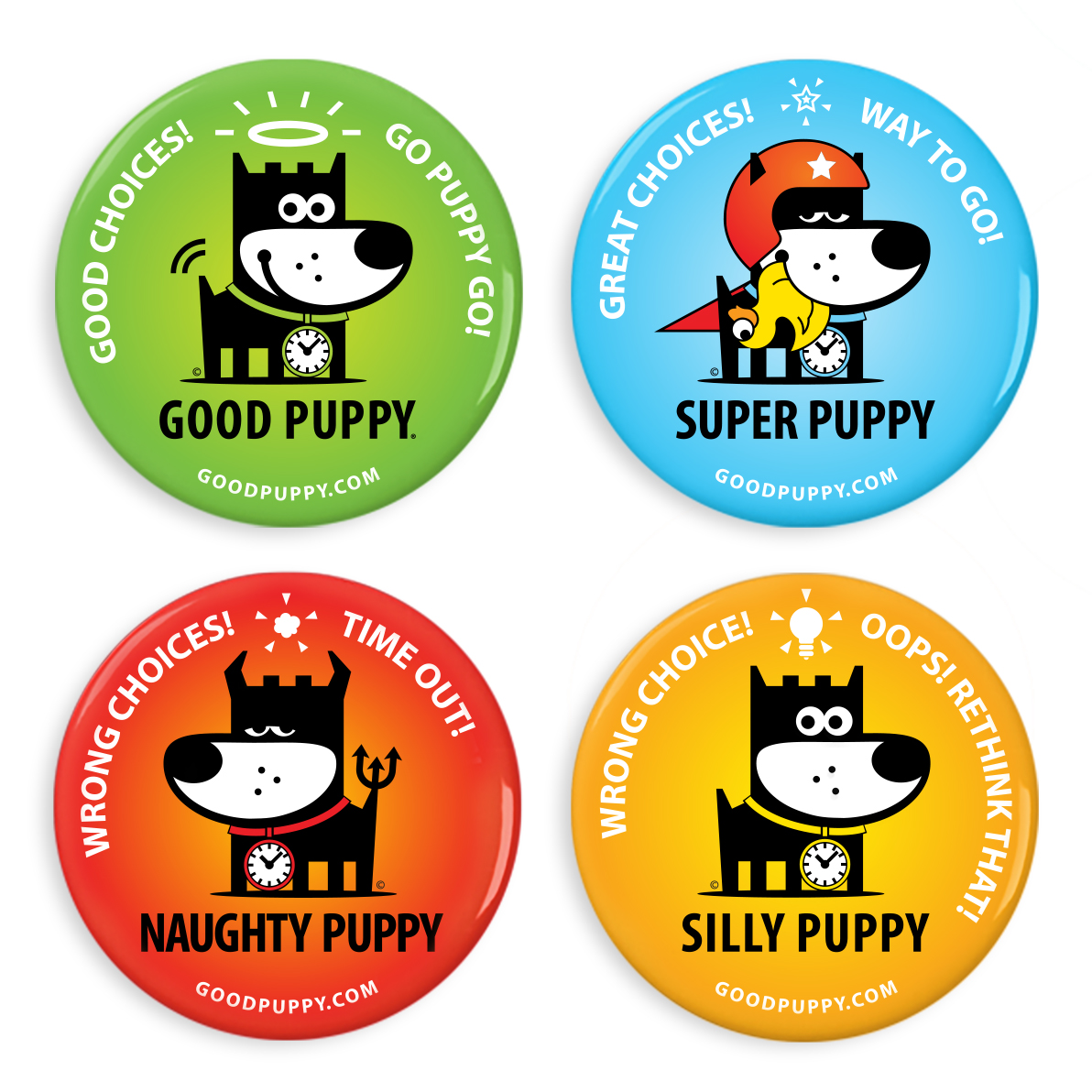
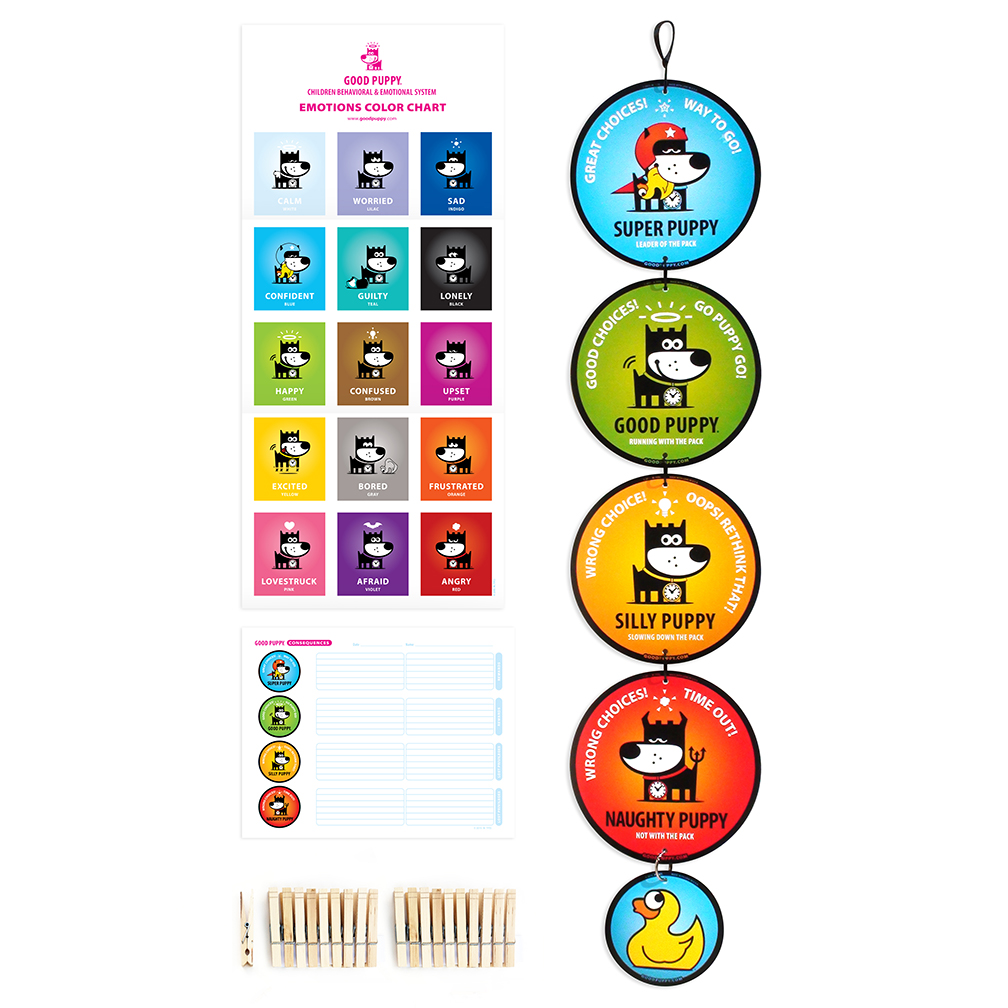
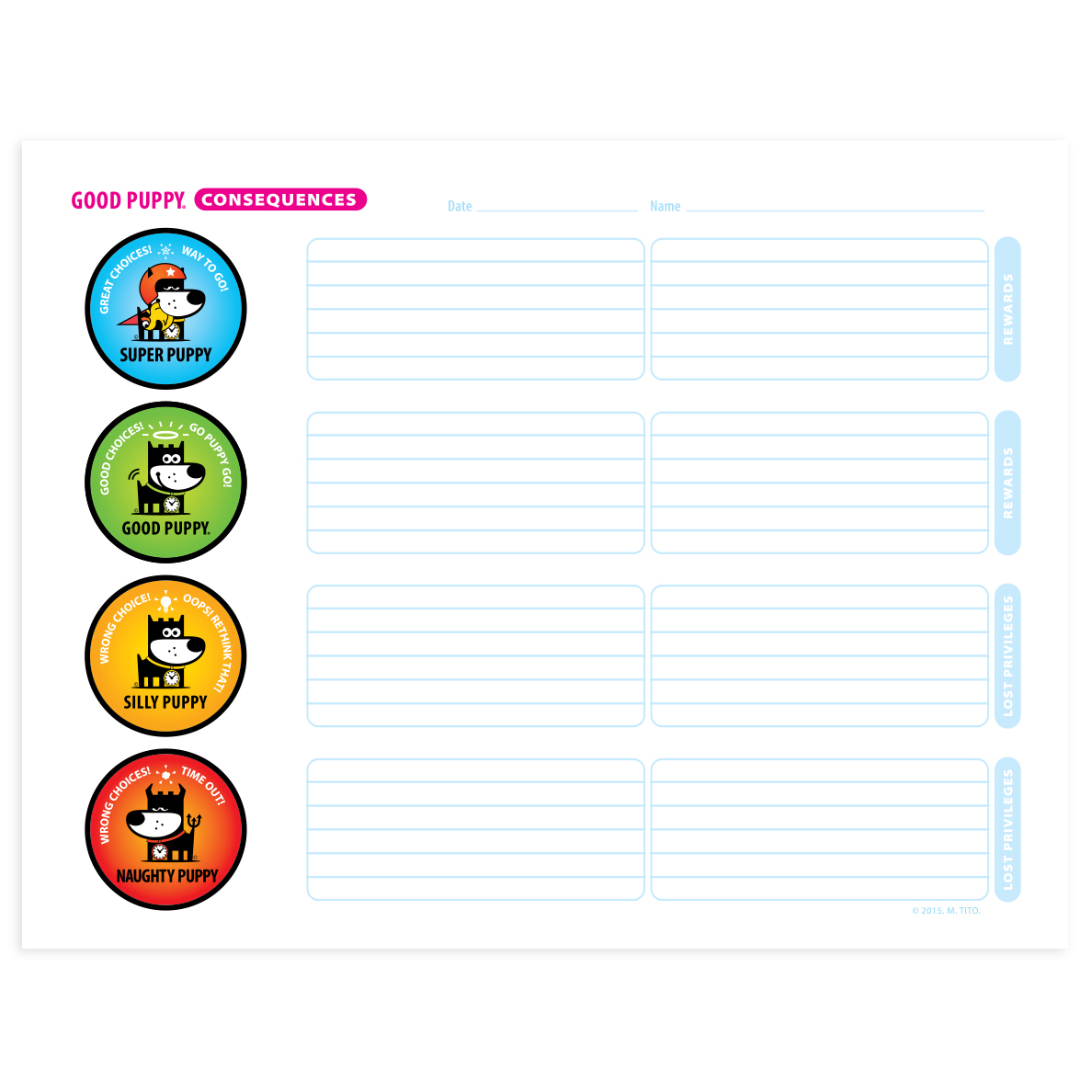
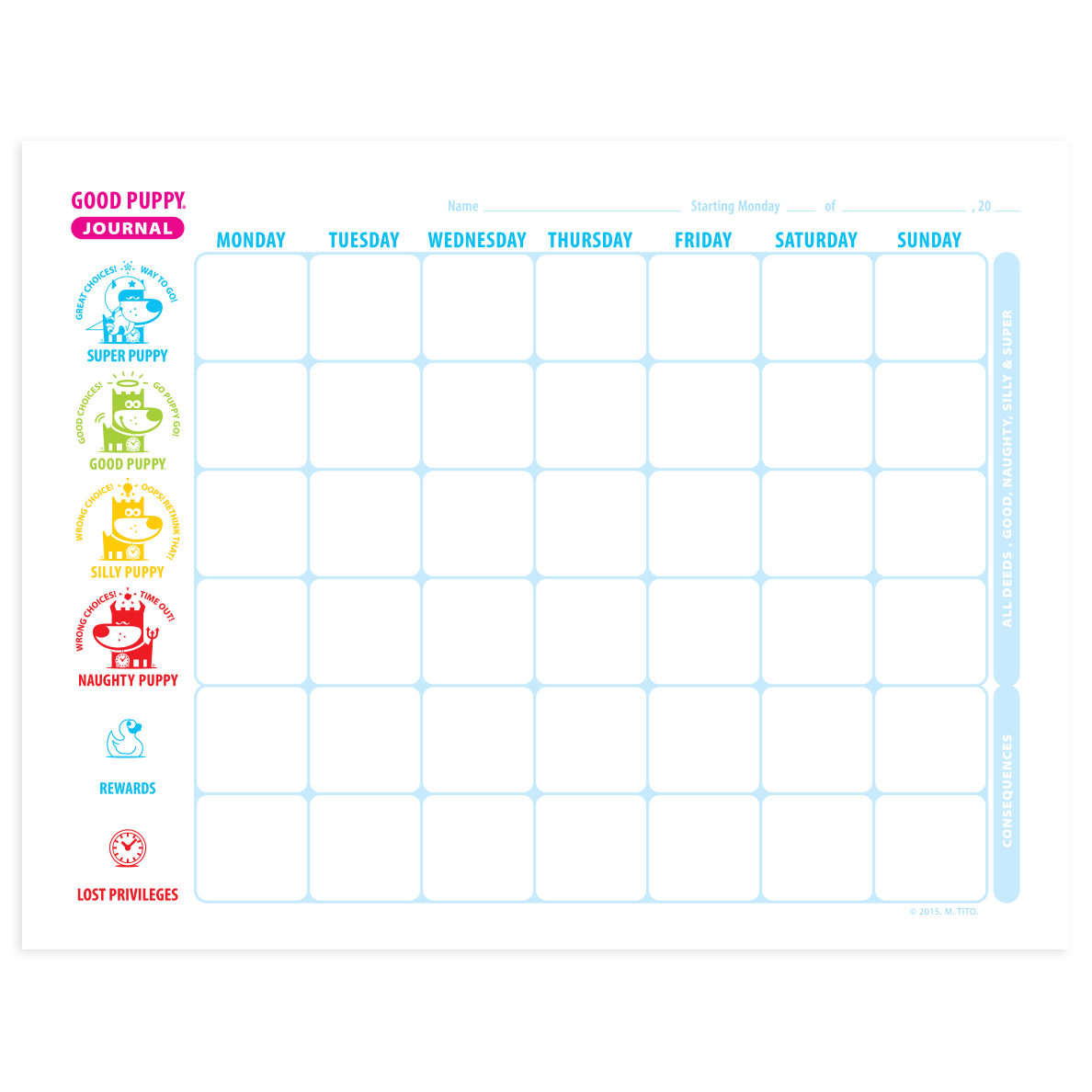

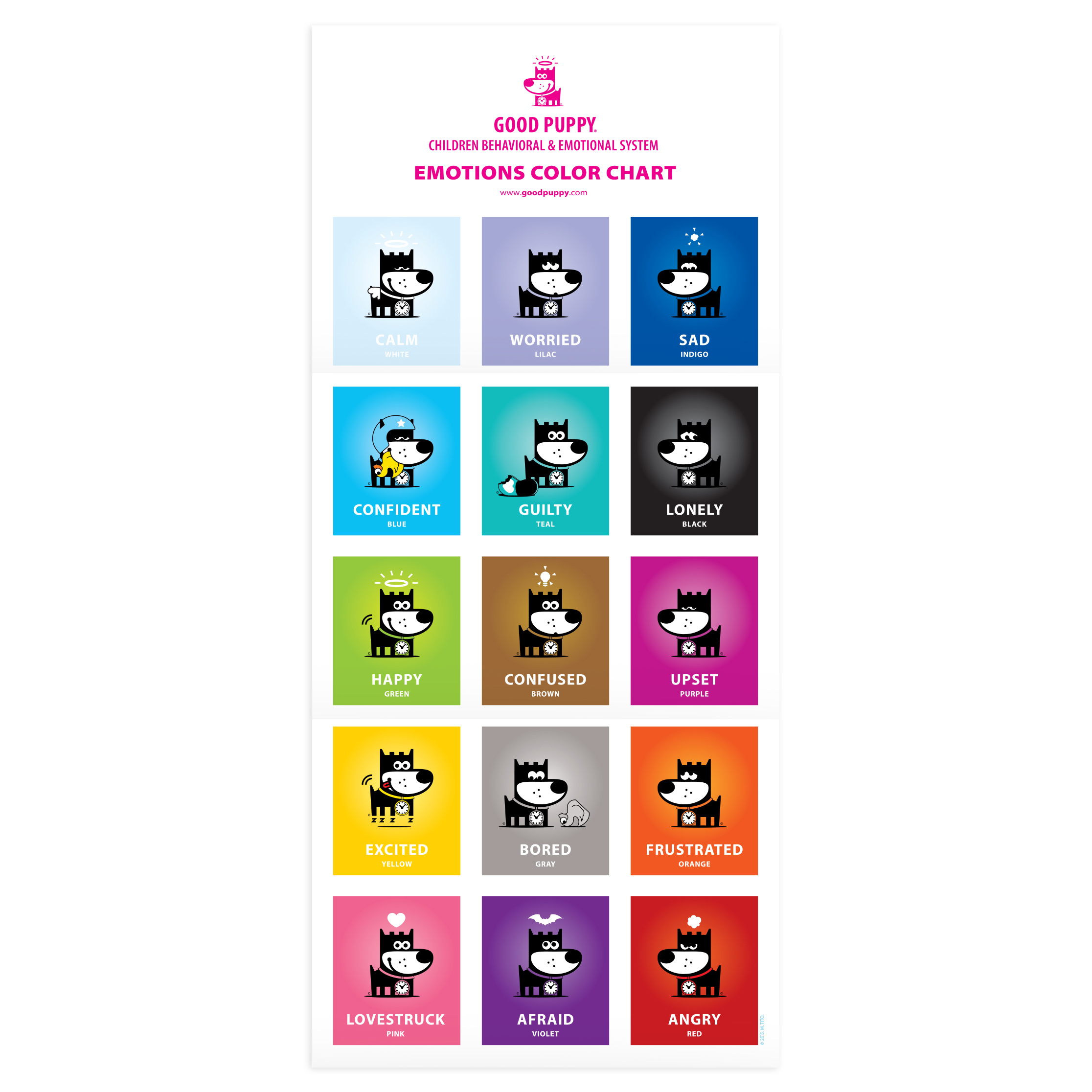
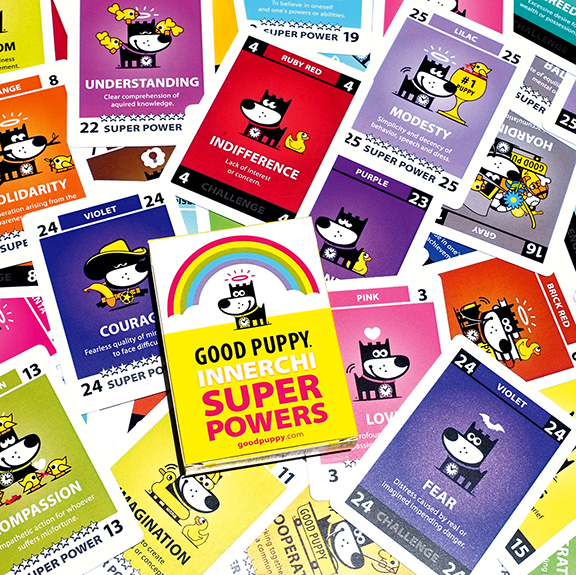

What Does It Take To Do A Good Parenting Job?
Just like any job, raising children comes with a list of requirements. These requirements allow for a positive parenting experience, beneficial to everyone. But while anyone may muster up some of these traits, it is mastering them that will turn them into parenting super powers.